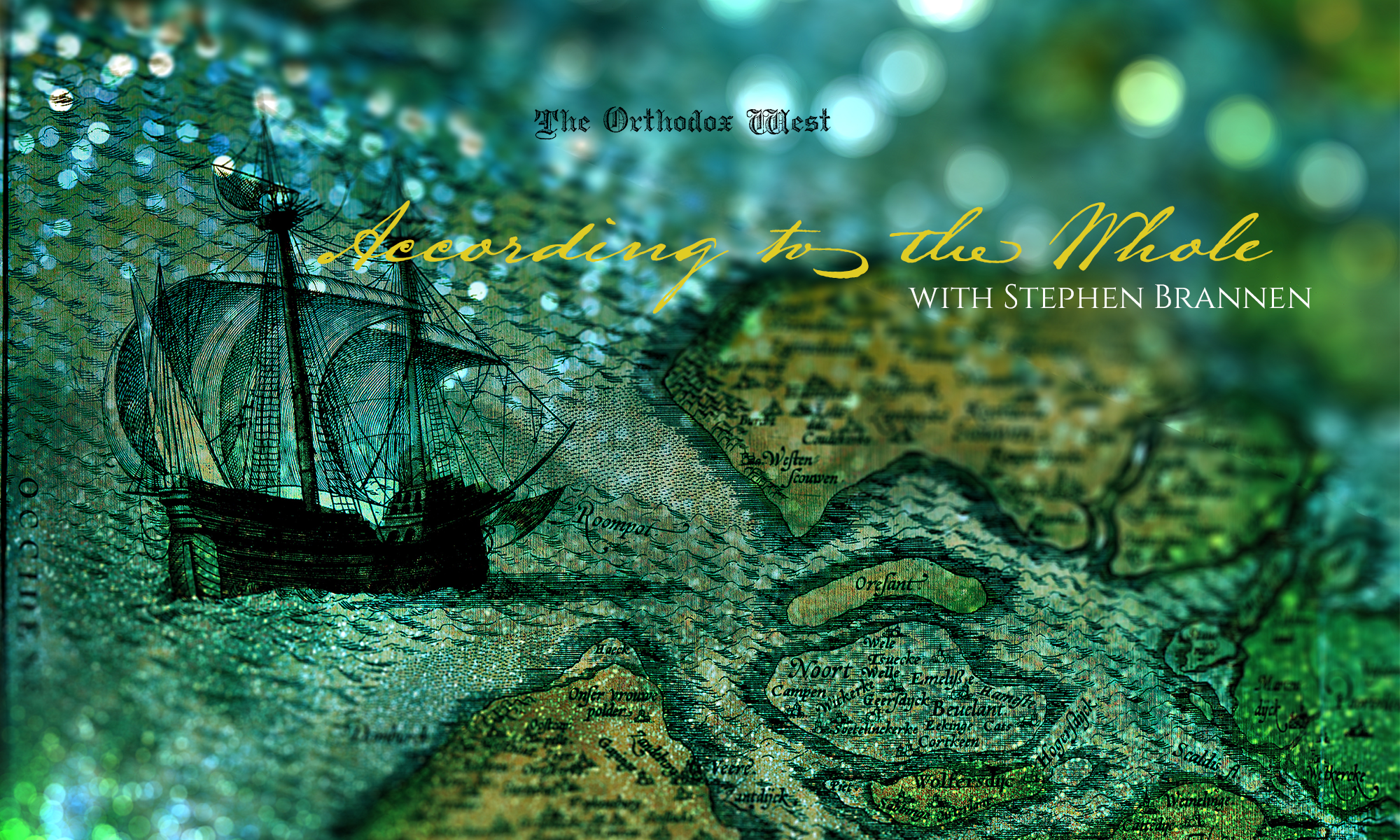Have a Very Mary May

In many parts of the world, among Roman Catholic and Anglo-Catholic communities, the month of May is specially dedicated to the honor of the Blessed Virgin Mary. This is a relatively late innovation in devotional practice, most likely only manifesting in explicit form in Rome some time around 1700. The concept quickly spread though, probably because of the deep cultural predilections for recognizing in May the maternal blossoming of new life in nature. Continue reading “Have a Very Mary May”
What Is It About Saint George?

Saint George: martyr, hero. After the Mother of God and the Apostles, is there another Saint that has attained to such universal fame and veneration? He is the Patron of England, of Georgia, of the city of Moscow, of the island nation Malta, of at least one branch of virtually everyone’s military, and even of the Boy Scouts of America. His iconographic depiction is instantly recognizable, and his name is called out in mottoes, battle cries, and anthems. Continue reading “What Is It About Saint George?”
The Music in Milan: An Account from St. Augustine

“How I wept during your hymns and songs. I was deeply moved by the music of the sweet chants of your Church. The sounds flowed into my ears, and the truth was distilled into my heart. This caused the feelings of devotion to overflow; tears ran, and it was good for me to have that experience. Continue reading “The Music in Milan: An Account from St. Augustine”
The Two-Step Resurrection
When you picture the resurrection of Christ, what do you think of? For centuries Christians have been depicting Christ’s resurrection. In both East and West, there’s no shortage of icons, paintings, frescoes, mosaics, stained glass windows, and relief carvings of the subject. But sometimes these images depict very different looking scenes while using the same title “Resurrection.” Continue reading “The Two-Step Resurrection”
Palm Sunday According to the Whole Church
Some Propers for the Feast of The Annunciation

The Propers of the Office and Mass for the majority of Sundays and Feast days in the West are remarkably conservative in that most of them are direct quotations from Scripture. Later monastic and ecclesiastical poetry is not foreign to the services, however, and is always sprinkled throughout them. Here, for instance, is a sampling of extra-biblical poetry and prayers in the Propers for the Feast of the Annunciation: Continue reading “Some Propers for the Feast of The Annunciation”
The Sad and Happy Veiling

At the Vespers of Dominica Prima Passionis, or Passion Sunday (the 5th Sunday of Lent), all of the Icons, statues, crucifixes, and other images of Christ and the Saints are veiled from sight in Western Rite churches. This custom probably seems troubling to Eastern Rite Christians, but rest assured, it’s troubling to those in the Western Rite, too. Upon entering the church at Vespers or on the Sunday morning following and seeing purple veils draped over all of the familiar and beloved images, the faithful are significantly impacted spiritually and psychologically. It’s never pleasant to have that which you love hidden from you. Continue reading “The Sad and Happy Veiling”
Mothering Sunday

The fourth Sunday in Lent in the Western tradition is known by several names: “The Sunday of the Five Loaves” from the Gospel passage for the day (John 6:1-14). “Rose Sunday” because the clerical and Altar vestments may change color from violet to rose. But why the change in color in the first place? Another name for this Sunday gives us a clue: “Laetare Sunday” (Laetare meaning: Rejoice).
The Introit chant for this Sunday begins in Latin: Laetare Jerusalem, et conventum facite omnes qui diligitis eam. (Rejoice, O Jerusalem: and come together all you that love her). This chant is taken from Isaiah 66:10. The call to rejoice here in the middle of this season of repentance is meant as an encouragement to us, a comforting reminder of the tenderness, the nurturing, even the motherliness of God. As an outward symbol of this, the liturgical vestments here in the West lighten on Laetare Sunday from a somber violet to a soft, maternal rose color. And that maternal-ness gives this Sunday yet another popular name: Mothering Sunday. The theme of mothering features prominently in the Propers of this day. Continue reading “Mothering Sunday”
An Eastern Apostle to the West

In the first century, only a few years after the Resurrection and Ascension of Christ, a certain man who had been living in Palestine began traveling around the Mediterranean preaching about Jesus Christ to the pagan Gentiles. I’m not talking about St. Paul, although he did travel with St. Paul. He also traveled with and assisted St. Andrew on his journeys, and is even numbered among the 70 (72) disciples sent out by Jesus in Luke 10. He knew St. Paul probably through the apostle Barnabas, his brother. And it was while traveling with Paul and Barnabas that the apostle Paul ordained him as a bishop and sent him further West than Paul could then go. This man, a brown skinned, Jewish Cypriot, hailing from Palestine, traveled more than 2,000 miles Westward toward Spain, and then northward into Britannia. Continue reading “An Eastern Apostle to the West”





